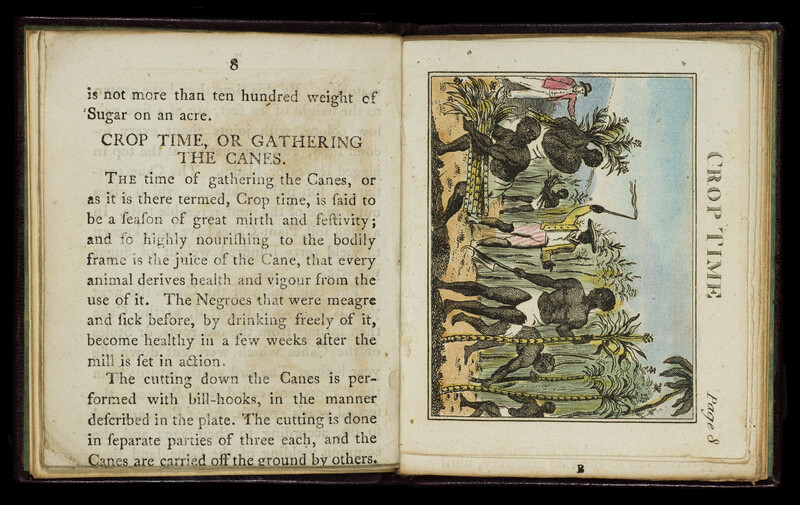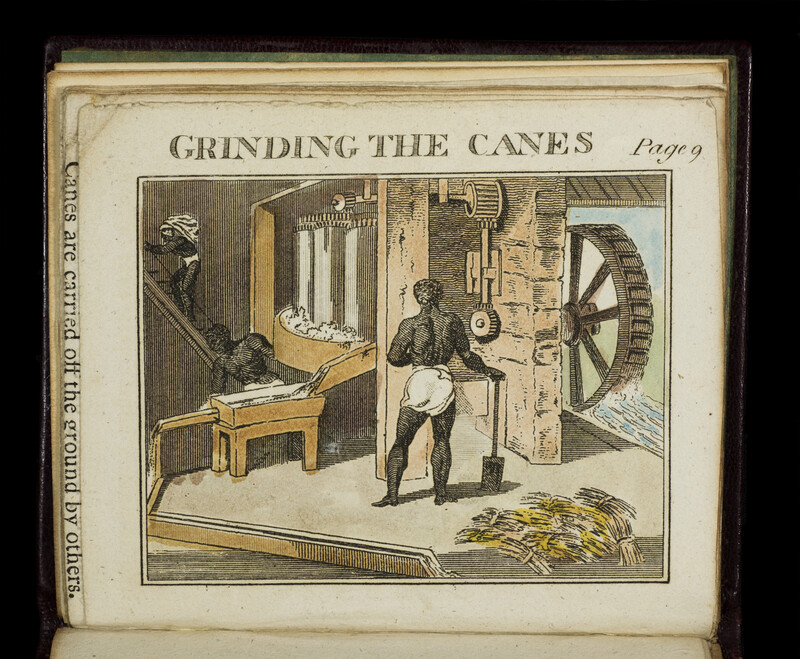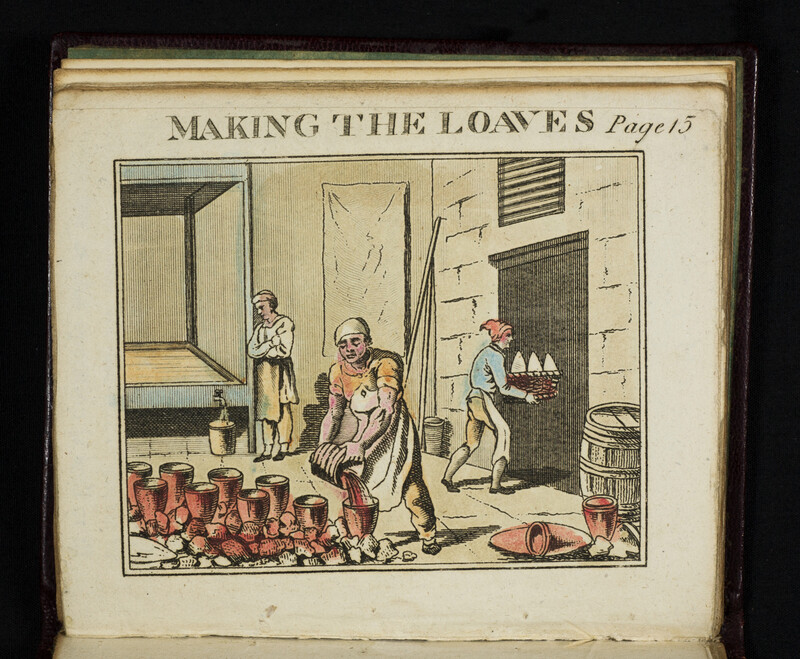Negro Labour, or The Progress of Sugar
Item
- Title
- Negro Labour, or The Progress of Sugar
- Description
-
Negro Labour, or The Progress of Sugar is one of the earliest sugar production stories created for children. Published two years after the abolition of the slave trade in Britain, the book begins by criticizing slavery but ultimately supports its continuation, “for it is now become the interest of the Planter to take more care of his Slaves, to feed them better, and to work them more moderately than he used to do, since he cannot now supply the places of those who die among them, as he could do before the abolition of that wicked Traffic, by the purchase of a fresh parcel, whenever a Slave-ship brought in a Cargo from Africa” (p. 4). Negro Labour shows how the abolition of the slave trade could be used to justify slavery itself. Contrary to the author’s predictions, ending the slave trade did not end overwork, starvation, and torture on plantations. Instead, selling enslaved children became a larger part of the slave plantation economy.
The majority of the text focuses on technical details of sugar production, while avoiding overt acknowledgement of slavery or suggesting any political action on the part of readers. Accompanying illustrations, likely crafted without seeing the text, are often at odds with the apologist tone of the text. The section titled “Crop time, or Gathering the Canes,” for instance, describes the cane harvest as “a season of great mirth and festivity; and so highly nourishing to the bodily frame is the juice of the Cane that every animal derives health and vigour from the use of it. The Negroes that were meagre and sick before, by drinking freely of it, become healthy in a few weeks after the mill is set in action.” The lie that enslaved persons share in the harvest benefits attempts to counter abolitionist accounts of starvation and ignores that enslaved persons worked long hours during harvest and faced dangerous conditions in sugar mills. (A similar depiction of harvest time appears in Cuffy the Negro’s Doggrel Description of the Progress of Sugar.) An accompanying illustration, however, frankly depicts violence. Six black men cut and gather the cane, while two of them look over their shoulder in fear at a black overseer with a whip.
- Creator
- Anonymous
- Date
- 1809
- Subject
- proslavery literature
- production story
- sugar
- Rights
- Public domain
- Obtained permission for digital images
- Courtesy, The Lilly Library, Indiana University, Bloomington, Indiana
- Identifier
- The Lilly Library, Indiana University, Bloomington, Indiana, Call Number/Collection Number: TP377 .N39 1809
- Bibliographic Citation
- Negro Labour, or The Progress of Sugar: From the First Planting the Canes in the West Indies to Its Manufacture into Loaves in this Country. (1809). London: Joseph Crisp.





